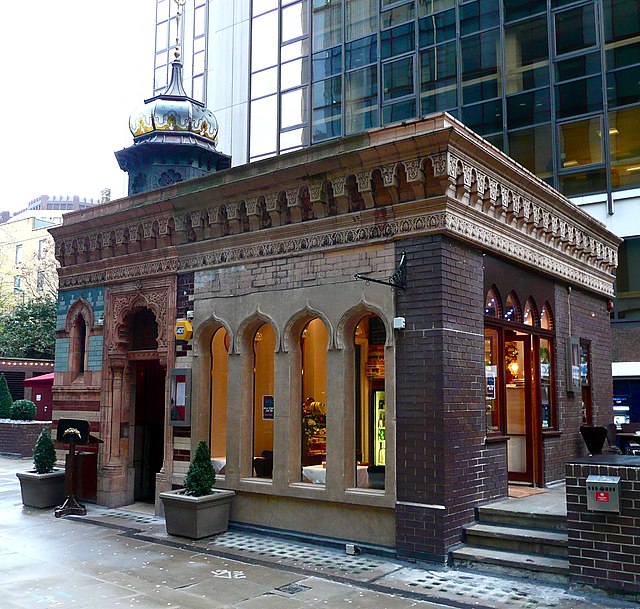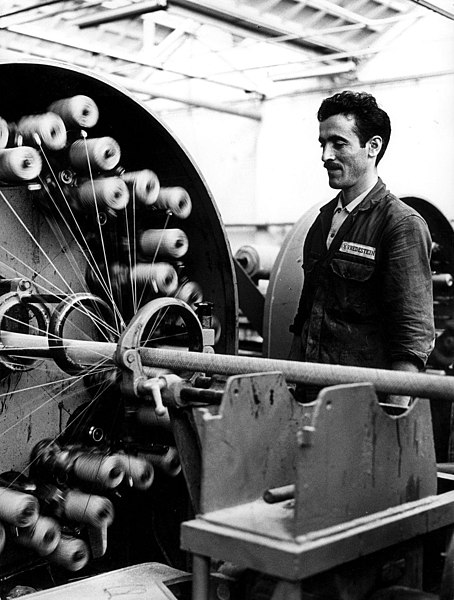British Turks or Turks in the United Kingdom are Turkish people who have immigrated to the United Kingdom. However, the term may also refer to British-born persons who have Turkish parents or who have a Turkish ancestral background.
British Turks protesting in Central London.
Ottoman Turkish graves buried in a segregated part of Clayhall Road cemetery.
A Turkish bath built in 1895 and situated in London.
Ali Kemal Bey was an Ottoman Turkish journalist and politician who fled to the UK. His great-grandson Boris Johnson was the British Prime Minister.
Turks in the Netherlands refers to people of full or partial Turkish ethnicity living in the Netherlands. They form the largest ethnic minority group in the country; thus, the Turks are the second-largest ethnic group in the Netherlands after the ethnic Dutch. The majority of Dutch Turks descend from the Republic of Turkey; however, there has also been significant Turkish migration waves from other post-Ottoman countries including ethnic Turkish communities which have come to the Netherlands from the Balkans, the island of Cyprus, as well as from other parts of the Levant. More recently, during the European migrant crisis significant waves of Turkish minorities from Syria and Kosovo have also arrived in the Netherlands. In addition, there has been migration to the Netherlands from the Turkish diaspora; many Turkish-Belgians and Turkish-Germans have arrived in the country as Belgian and German citizens.

Gerrit Berckheyde's painting, Stadhuis op de Dam, (1672) depicting a Turk in the foreground with two Jewish men and a Dutchman at the Royal Palace of Amsterdam.
A Turkish "guest worker" at work behind a machine in the Vredestein factory in Loosduinen, 1971.
A Turkish Foundation in Amsterdam
Iraqi Turks protesting in the Dutch capital city of Amsterdam.








